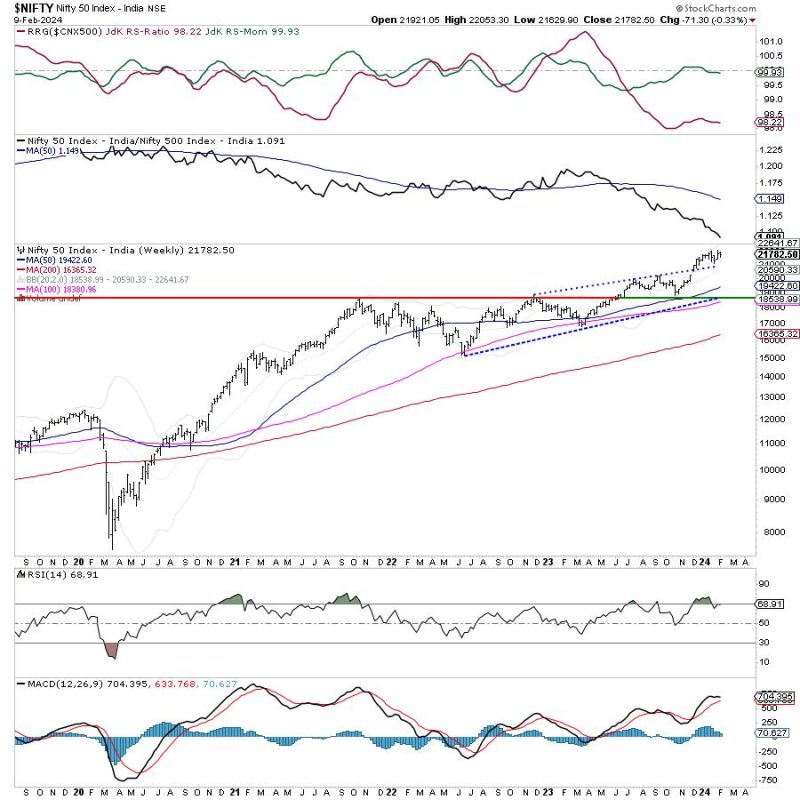The National Stock Exchange Fifty Index, widely known as NIFTY, has been an integral part of Indian market narratives, primarily because of the symbiotic relationship it shares with the Indian economic spectrum. As we examine the incoming week, the disposition of NIFTY suggests a possible consolidation within a broad range. Runaway moves, either on the high or low, seem unlikely below some critical levels.
The market bears and bulls often engage in a tug of war, influencing the direction of NIFTY. However, in the impending week, this chessboard of a scenario seems to be leaning towards a state of equilibrium. The underlying momentum, sentiment, and individual stock behavior collectively make a case for a likely consolidation of NIFTY.
The factor wielding the most significant influence on NIFTY is the market sentiment. The sentiment is guided by a multitude of elements ranging from global cues to domestic macroeconomic indicators, earning results, and monsoon forecasts. As the upcoming week does not appear to have any significant event, a sideways movement underscored with a bearish bias seems highly probable.
Chart patterns also corroborate the consolidation theory. An apparent observation is the formation of a ‘Doji’ on the weekly charts, which is typically a sign of indecisiveness among market participants. The lack of an aggressive trend on either side forces the market into a narrow trading range known as consolidation.
The prospect of a runaway move seems grim. The fact that NIFTY has already observed a substantial run-up in recent weeks suggests that a severe directional move in the same direction is unlikely. The resistance levels come into play here. These are price levels where selling pressure overcomes buying pressure, making it hard for the Index to rise above these levels. For NIFTY, the week ahead will likely witness resistance at the higher levels of the trading range.
On the lower side, there are support levels that prevent runaway moves. It’s the point where the buying pressure overcomes the selling pressure, offering a kind of safety net to the falling prices. In the week ahead, critical support levels for NIFTY are expected to play a vital role in preventing the Index from crashing.
Further, market breadth, which is the ratio of the number of advancing stocks to the number of declining stocks, currently leans towards the advancing side. This phenomenon suggests that more than half of NIFTY’s 50 stocks are expected to either remain stable or witness a gain, thereby enforcing the consolidation theory.
The argument for consolidation becomes stronger with the absence of any significant events on the global front. As the global markets are not scheduled to release any impactful data or announcements in the upcoming week, the NIFTY is likely to take cues from the domestic market operations.
However, one must approach this outlook with a degree of prudence. While the discussion above leans heavily towards a consolidation scenario, market dynamics are extremely fickle and subject to sudden changes. One should always be prepared to adapt quickly to erratic market movements and utilise their individual trading strategies effectively.




